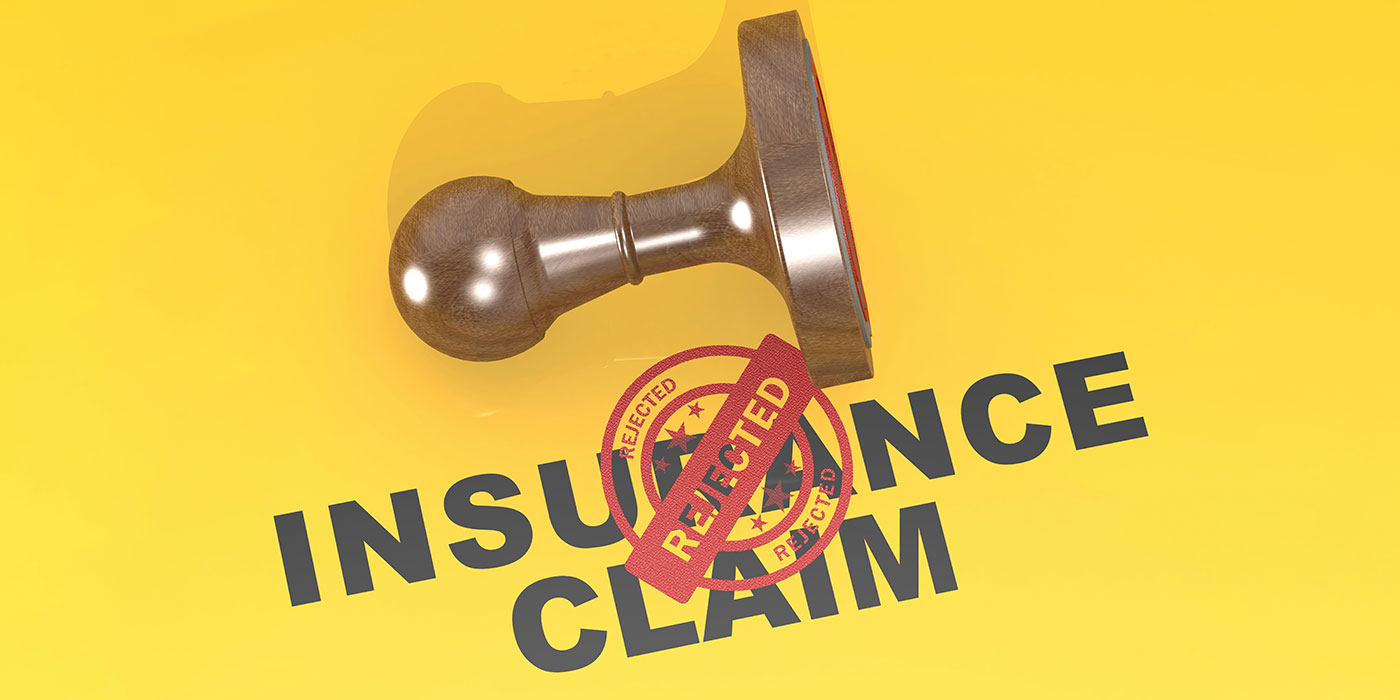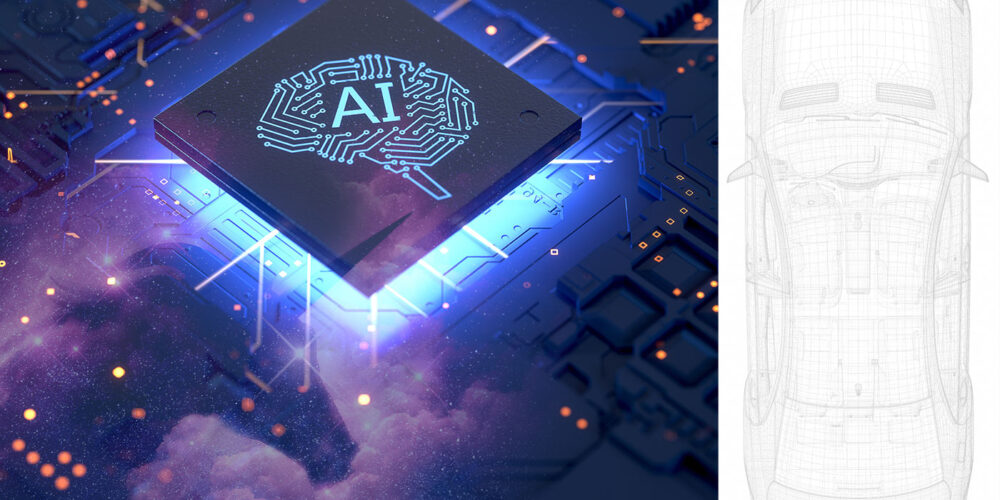In my long tenure as a self-proclaimed expert on the collision industry, I’ve gotten phone calls every few years from deep in the canyons of Manhattan Island. These are venture capital (VC) research folks who are charged with gathering some background about the collision repair business. I’ve learned to charge for my time in advance as past promises of a check seldom seemed to materialize. Last week, I had another one of those phone calls.
This eager young man wanted to “pick my brain” about the current state of our industry; the effect of consolidation on both shops and distributors; the biggest challenges facing both; and my best guess at what our industry’s future will look like. Armed with that information and other input, his firm would decide whether to invest in an acquisition of a multi-location business. He wouldn’t say if those locations fixed cars or sold paint. As long-time readers know, I for sure had an opinion about all of it.
Why Us?
I think what consistently attracts NYC people with investment money to our industry is a couple of things. To some extent, we’re recession-proof. Collisions will happen at about the same pace each year, and most vehicle owners will spend the check to actually repair the car so they can continue to drive around in it.
I can qualify that recession-proof thing a little from personal experience. In Waterloo in 1985, Iowa’s largest employer, the various John Deere Tractor Works plants, had 16,000 UAW people on their payroll. In July of that year, in response to the crippling farm crisis, they laid off 10,000 of them. In a metro of about 125,000, that was a mighty big hit, and my paint, body and equipment (PBE) jobber business suffered along with my body shop customers. If you have no job and your car is still drivable, you’ll cash the insurance check to feed your family and fix your car. In fact, that steep economic downturn is what prompted me to start my other career as a PBE speaker and author.
Another attractive element to VC monies is the reliable source of revenue in our industry. Insurance companies pay for about 90 percent of all collision repair, and while they may drag their feet and insist on exceptionally intricate paperwork before they issue the checks, they’ll issue a check that won’t bounce. But I think the biggest sparkle to our business comes from our healthy gross margins, which are largely the result of our unique market niches. Collision repair resembles mechanical repair in lots of ways, kind of like how selling auto paint and sandpaper resembles selling auto parts. But the collision repair shops and resulting PBE vendors are both different enough from mechanical repair and auto parts distribution to earn an extra point or three of margin for learning our particular corner of the business world.
As you all know, there’s a row full of auto mechanic stalls at every big-box discount store and a chain auto parts jobber right across the parking lot. More competition in any business drives down gross margins. The brake pads that meet OE standards from brands X, Y and Z are pretty similar. Buy mine for a dollar less than that guy. When the color doesn’t match on this car, it takes a knowledgeable, hands-on jobber to help.
Mechanical labor time is also sold by the tenth of an hour (six-minute blocks) but is lots harder to beat in a service bay than in a collision stall. The book says it takes 2.3 hours to change six plugs on car X, and it’ll take all of that to actually do it. The book says it’ll pay 2.3 hours to R&R crash part X, but I’ll be done in half that. The result is a better-than-average gross margin for both body shops and PBE distributors for learning the unique rules of the collision repair game.
Biggest Problems
My VC guy from New York wanted to know what I thought the biggest body shop problem was. As always, I contend that the main reason our industry’s average cycle time (the time it takes to collect Mrs. Smith’s keys and return Mrs. Smith’s keys) is a sad 11 days on an average repair of just $2,000 to $3,000 is poor crash parts management. Smart shops solve this problem by getting parts procurement truly organized and gliding parts carts loaded with all the unwrapped and double-checked replacement parts aboard into the stall just as the damaged vehicle and tech arrive. I granted the VC guy that it was a solvable problem but not a common solution, hence the industry’s 10- to 13-day LOR (length of rental) times.
Once the crash part issues are under control, the body shop is left with another ongoing difficulty and impediment to speedy repair: color match. Seventy percent of what the average body shop buys from their PBE jobber is liquid. Refinish automotive paint systems (primer/surfacer/sealer/color/clear) are a true wonder of modern chemistry. Using stuff that comes out of cans in the shop and is shot with gravity-feed guns in a less-than-stellar paint cabin, it will last as long and look as good as the baked-on, multi-component, robot-applied coatings they used at the factory. Give the next auto paint chemist you see a high five. Matching the hue, reflectants, gloss and texture of the finish invisibly on every car qualifies as a major body shop victory.
The expense in manufacturing paint for automotive refinish is in color match. Brewing up a drum of topcoat clear is pretty easy: reverse-engineer the competitor’s stuff by burning it in a gas chromatograph to get the formula, buy the same high-quality raw materials the big guys do (good luck) and presto, you’ve got gallons of acceptably good isocyanate clear. Primer, surfacer and sealer are also relatively easy to replicate. Matching all the new colors and all the new variables on all the old colors, every year, before the colors hit the showrooms, costs millions and millions of dollars.
To that end, all the major automotive paint companies employ armies of people to make that happen. Once they establish a formula for an acceptable match, they do their level best to share the information with all the painters using their brand.
“So what?” said the VC guy.
So I see that more than half the body shops I visit do not maintain the expensive, elaborate color tools their jobber and paint manufacturer provided. As a result, they spend precious labor hours every week chasing a match they could have found in minutes.
Whether color chips are arrayed chromatically (all the blues together, all the silvers together) or by motor manufacturer and model year; whether the spectrophotometer is five angles or five zillion angles; whether the mixing scale accommodates over-pours or requires regular calibration; all these color matching tools need careful, thoughtful maintenance to be useful. And far too many shops don’t do it. Good organizational skills go a long way to solving the crash part delays; wandering color matches remain a daily fact of life in this business.
Be Smart About It
If you haven’t looked critically at your own shop’s treatment, usage and upkeep of all your expensive color tools lately, heads up! The next car could be a problem. Putting all those expensive color tools to work can locate a blendable match in minutes, not hours.
Where does the helpful PBE jobber come in? In many shops, the best PBE vendors maintain their customer’s chip decks, computers, cameras and scales on a regular schedule. If year after year all these VC investors continue to think our industry is a worthy target for them to make money, we should appreciate our strengths and enjoy our healthy gross margins.
Check up on the status of all your expensive color tools today. And train up if you’re underutilizing them.














